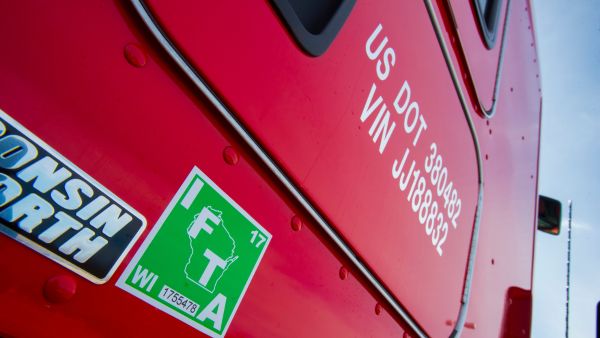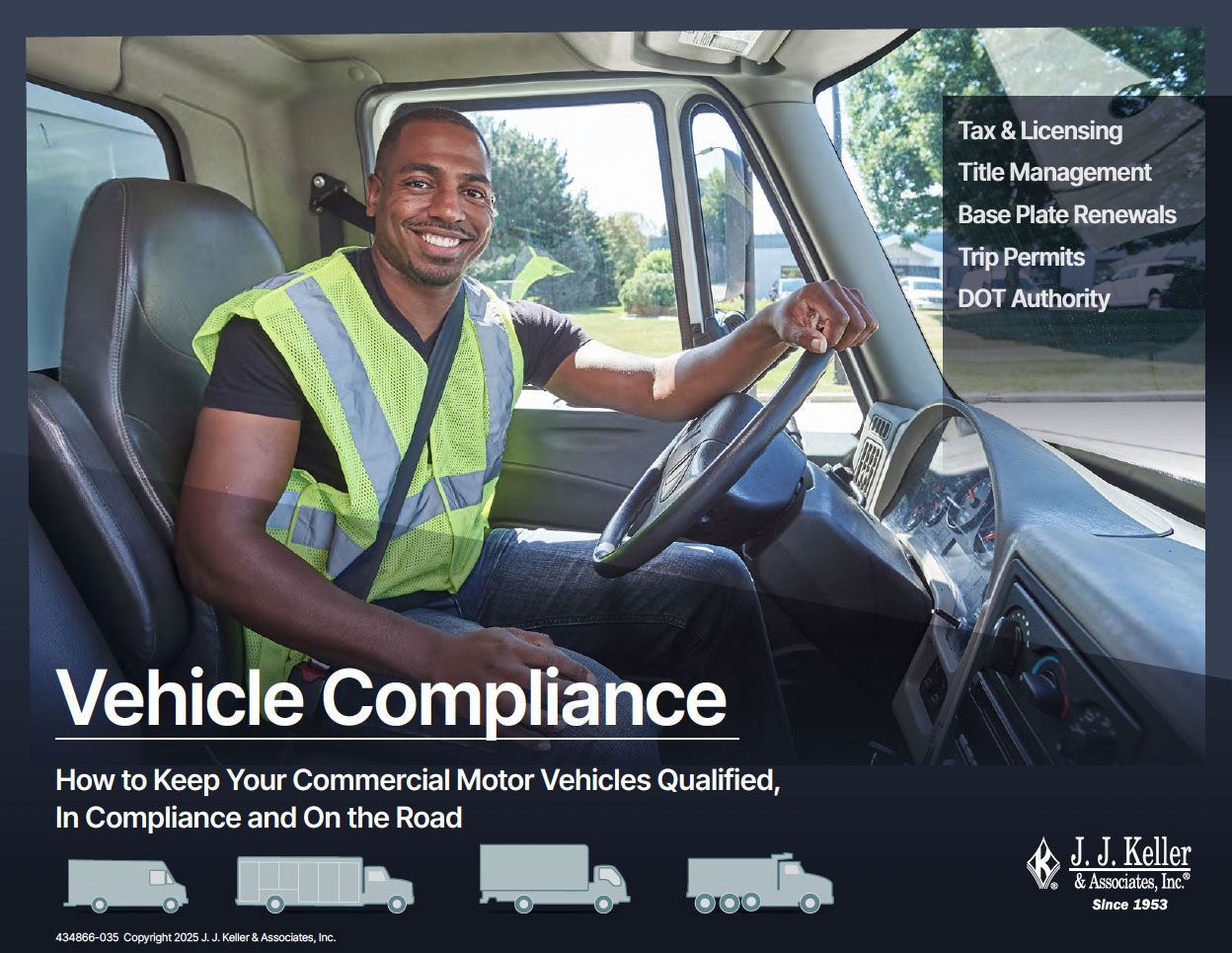Consolidating DOT Numbers: Enhancing Compliance and Operational Efficiency
June 20, 2025

For motor carriers managing multiple DOT numbers, consolidating those registrations into a single DOT number can simplify operations and improve compliance management. This process plays a crucial role in avoiding regulatory pitfalls and streamlining safety and administrative functions.
What is DOT number consolidation?
Consolidating DOT numbers involves merging several active Department of Transportation (DOT) registrations under one single number. This step reduces complexity by unifying compliance requirements, safety records, and reporting obligations. Rather than juggling multiple registrations, carriers can manage their entire fleet under one identifier.
Why consolidate?
- Avoid regulatory red flags: Multiple DOT numbers can trigger “chameleon carrier” concerns from regulators. This term refers to carriers that appear to avoid compliance scrutiny by shifting operations between different registrations. Consolidation eliminates such red flags and fosters transparency with the Federal Motor Carrier Safety Administration (FMCSA).
- Streamline compliance and safety tracking: Managing one DOT number simplifies tracking of safety metrics, compliance records, and audit preparation. It provides a consolidated view of operations, reducing errors and making regulatory interactions smoother.
- Reduce administrative overhead: Instead of maintaining several filings, reports, and updates, carriers only manage one set of paperwork. This decreases time spent on administrative tasks and reduces the risk of missed deadlines or inconsistent data.
Mergers, acquisitions, and DOT number management
In the context of mergers and acquisitions, carriers often inherit multiple DOT numbers. Typically, the acquiring company will operate under its existing DOT number while the acquired company’s DOT number is no longer needed. It’s essential to properly deactivate or consolidate these DOT numbers to avoid confusion and ensure compliance.
Leaving unused DOT numbers active after an acquisition can create compliance risks, including inaccurate safety data reporting and increased administrative burden. Deactivating or merging the acquired company’s DOT registration helps maintain a clean and accurate operational profile with the FMCSA, while also simplifying insurance and regulatory filings.
How to consolidate DOT numbers
- Review all active DOT registrations: Identify all current active DOT numbers and evaluate which one will serve as the primary number after consolidation.
- File updates with FMCSA: Key filings must be updated to reflect the consolidation:
- MCS-150 form: This biennial update form must reflect the carrier’s unified fleet information.
- BOC-3 filing: The Designation of Process Agent must be consolidated under the single DOT number.
- Unified Carrier Registration (UCR): Registration and fees must be updated to cover the consolidated operations.
- Notify stakeholders and update internal systems: Inform insurance providers, customers, and internal departments about the consolidation. Update operational systems such as fleet management, dispatch, and compliance tracking tools.
How J. J. Keller supports DOT number consolidation
J. J. Keller offers comprehensive support to carriers undergoing DOT number consolidation. With expert guidance on FMCSA regulations and filing requirements, J. J. Keller helps ensure all necessary updates are completed accurately and timely. Their filing services streamline the administrative burden, reducing the risk of non-compliance during the transition.
Carriers benefit from J. J. Keller’s deep industry knowledge, compliance tools, and ongoing support, ensuring that the consolidation process leads to long-term operational efficiency and regulatory peace of mind.
Consolidating DOT numbers is more than a paperwork exercise. It’s a strategic move to reduce risk, simplify operations, and enhance safety oversight. With the right approach and trusted partners like J. J. Keller, motor carriers can make consolidation a smooth, compliance-focused process.
FREE Vehicle Compliance eBook
Download our FREE, 15-page resource to master vehicle compliance and keep your commercial motor vehicles on the road with guidance from our experts.
